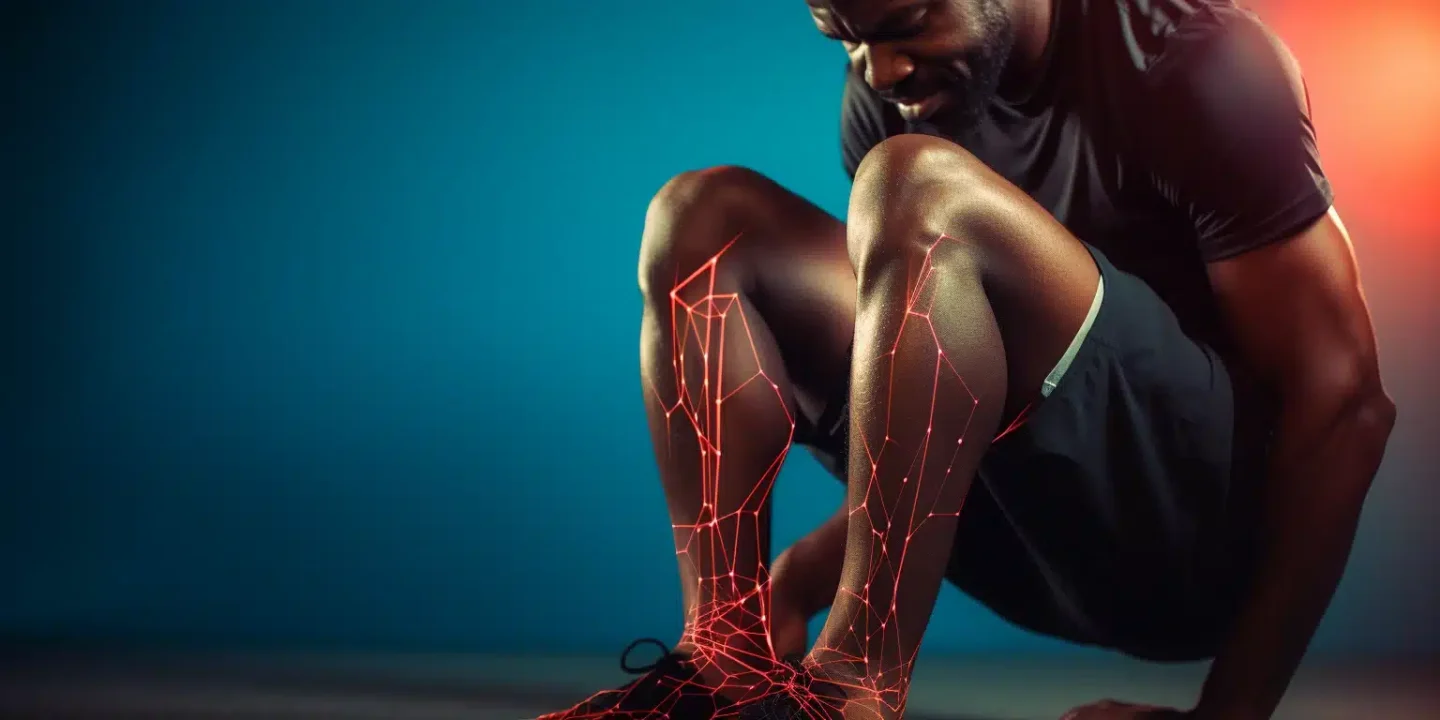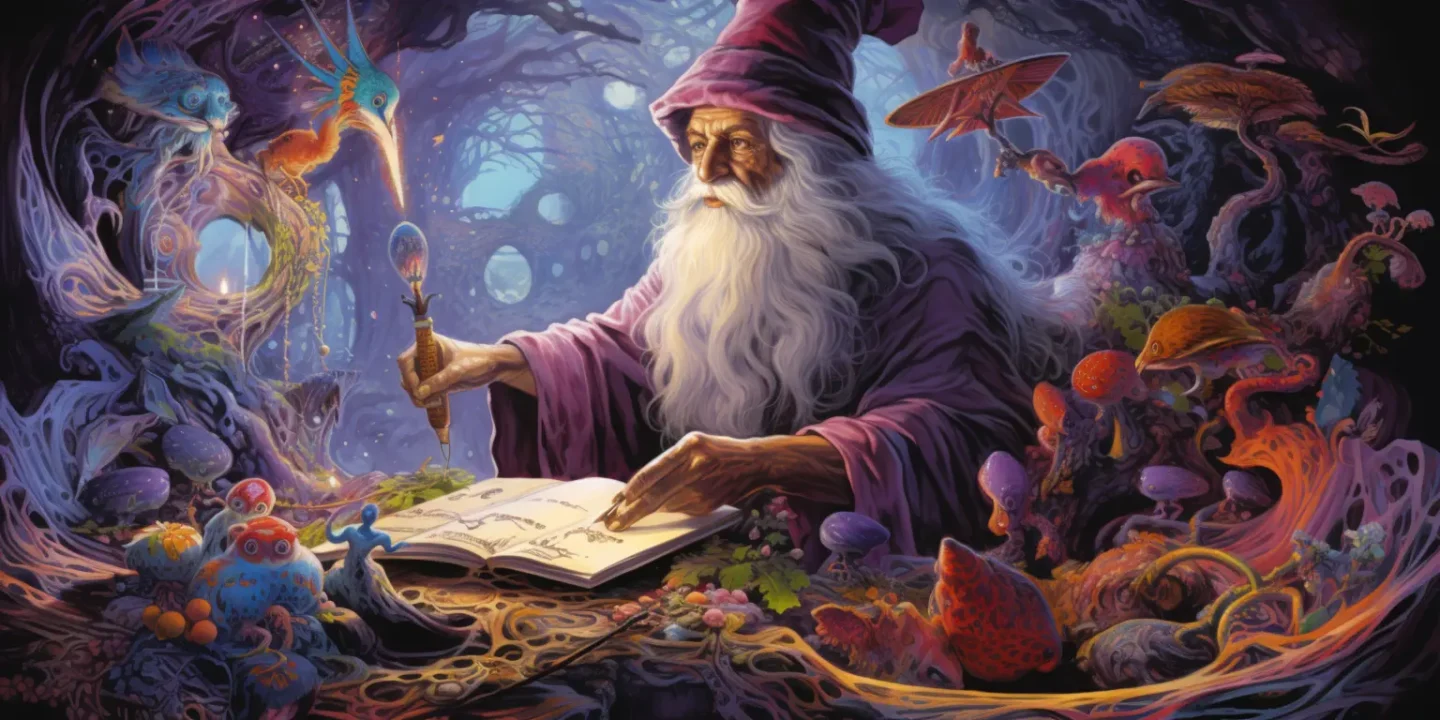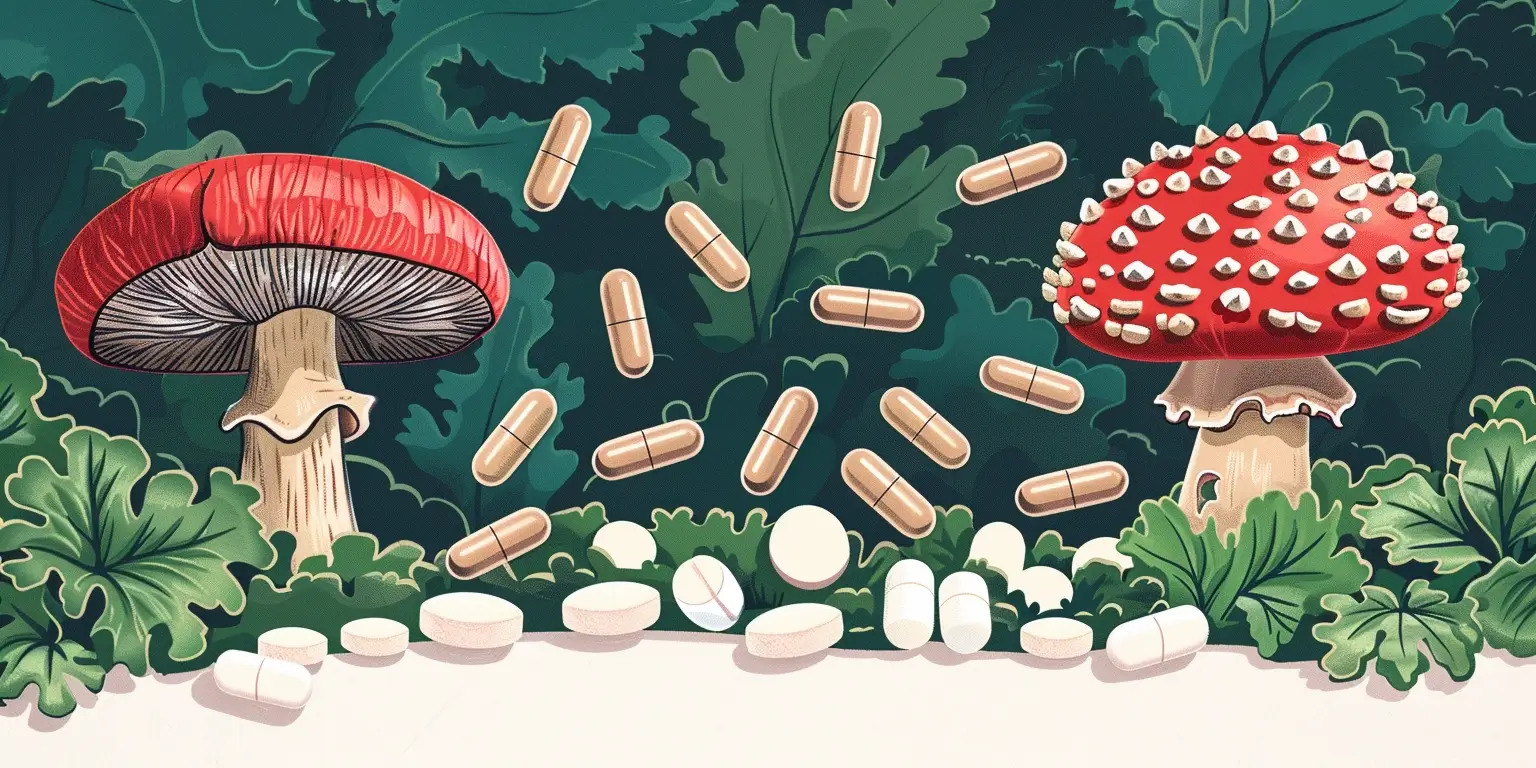Psilocybin, the active ingredient in “magic mushrooms,” has long been known for its hallucinogenic properties. However, recent research has shed light on its potential therapeutic uses in the treatment of anxiety, depression, and even addiction. But how does psilocybin stack up against established antidepressant medications – specifically, selective serotonin reuptake inhibitors (SSRIs)?(1)
The Serotonin System Explained
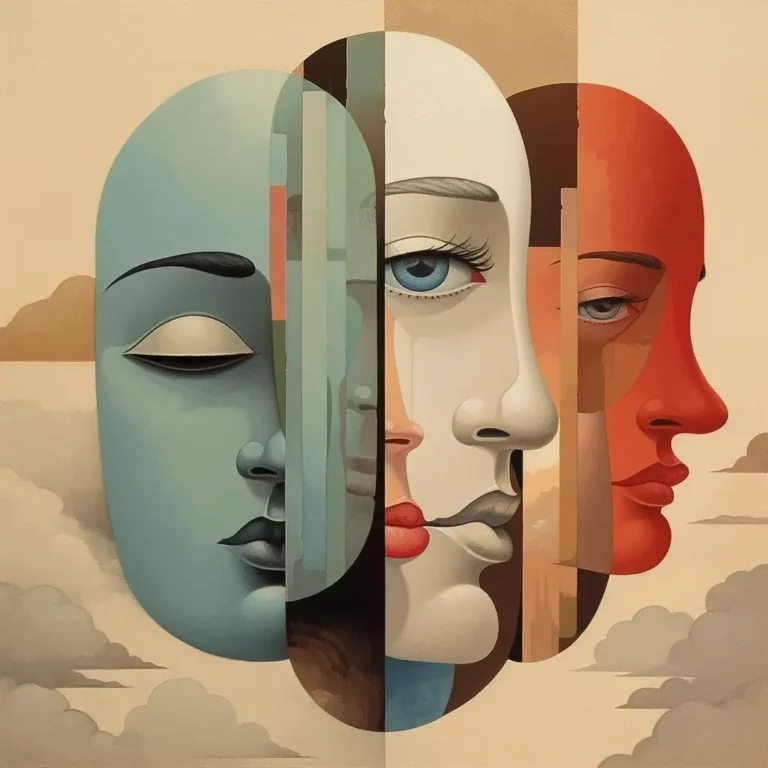
Serotonin is a chemical in our brains, referred to as a neurotransmitter, which means it is a chemical that relays messages between nerve cells (neurons). It plays a crucial role in regulating our mood, appetite, sleep, and even memory. When serotonin levels are too low or imbalanced, it can lead to a range of mental health issues, including anxiety and depression.(2)
The serotonin system consists of various serotonin receptors, which are proteins found on the surface of neurons. These receptors act like docking stations, allowing serotonin to bind to them and initiate a series of events inside the cell. One of the most well-known and studied serotonin receptors in psychedelic research is the 5-HT2A receptor, which has been linked to the regulation of mood and behavior.(3)
Psilocybin’s Impact on the Serotonin System
Psilocybin is a naturally occurring compound found in over 200 species of mushrooms, most notably Psilocybe cubensis. When ingested, the body converts psilocybin into psilocin, the actual psychoactive substance that produces the hallucinogenic effects.(5)
Keep Up with Uncensored Psychedelic Trends
Join our newsletter at Psychedelics Uncensored.
We respect and protect your privacy. By subscribing your info will be subject to our privacy policy . Unsubscribe easily at any time
Psilocin is structurally similar to serotonin, which allows it to interact with the serotonin system. It primarily binds to the 5-HT2A receptor, activating the receptor as an agonist or partial agonist. This activation sets off a chain reaction of events inside the neuron, ultimately leading to the psychedelic experiences associated with magic mushrooms.(5, 6)
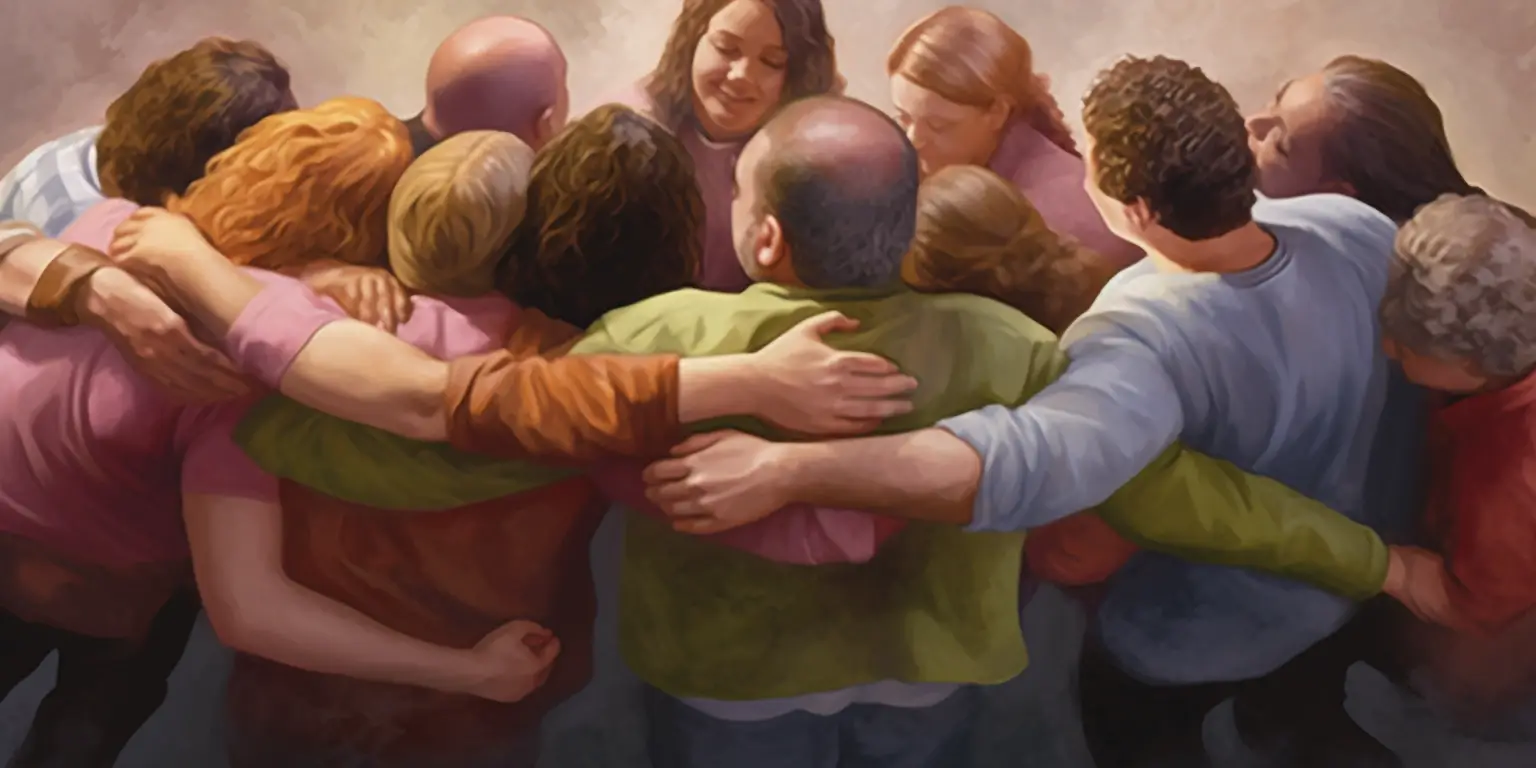
Additionally, research has shown that psilocybin can temporarily reduce activity in certain areas of the brain associated with self-referential thinking, sense of self, and introspection, such as the default mode network (DMN). The DMN is most active when someone is at rest or not actively working on a task of some sort. Overactivity in the DMN has also been linked to depression and obsessive behaviors. This reduction in activity may contribute to the sense of unity and connectedness often reported during a psychedelic experience. The ability of psychedelics, like psilocybin, to disrupt overactivity in the DMN may also contribute to a reduction in symptoms for individuals with depression or other mental health concerns.(6)
Furthermore, psilocybin has been shown to increase the release of the neurotransmitter glutamate in specific brain regions, such as the prefrontal cortex (PFC). Through various mechanisms, the activation of the serotonin receptor 5HT2A is associated with increased glutamate in the brain, and glutamate is responsible for brain health.(6)
What Are SSRIs and How Do They Work?
Selective Serotonin Reuptake Inhibitors, commonly known as SSRIs, are a class of medications primarily used to treat depression, though they can also be prescribed for generalized anxiety disorder, panic disorder, obsessive-compulsive disorder (OCD), and certain conditions. They have become one of the most commonly prescribed antidepressants due to their relative safety and lower side effect profile compared to other types of antidepressants.(7)
SSRIs work by inhibiting the reuptake of serotonin. In simpler terms, they slow down the mechanism the firing neuron uses to recycle and reuse the serotonin, thus increasing the amount of serotonin available to be used by the receiving downstream neuron. Over time, this increased availability of serotonin in the brain may have the potential in some individuals to alleviate some symptoms of depression and certain other mood disorders.(7)
It’s worth noting that while the action of inhibiting serotonin reuptake occurs soon after taking the medication, it does not have an immediate response as an antidepressant, however, long-term treatment does in certain individuals.(8)
Keep Up with Psychedelic Trends
Get uncensored psychedelic news, events, and updates. Join Psychedelics Uncensored!
We respect and protect your privacy. By subscribing your info will be subject to our privacy policy . Unsubscribe easily at any time
Five Key Differences Between Psilocybin and SSRIs
One of the most important things that someone can do for their mental health is to understand the key differences between current treatments and novel therapies that are rapidly being researched and which may soon be approved. One such therapy is psilocybin-assisted therapy. While currently undergoing clinical trials, psilocybin has, in some research, shown promise as a potential new therapy for certain mental health conditions. But how does it compare to established medications and interventions like SSRIs?
Psilocybin Vs. SSRIs, Efficacy Rates:
SSRIs: Clinical trials and long-term observational studies have shown that SSRIs can be effective for many individuals with depression. According to one study, around 40-60% of patients with depression show a response to SSRIs when used as a first-line treatment. However, it’s also worth noting that placebo response rates in these trials can be high, sometimes reaching up to 40%. This means that while SSRIs are effective for many, a significant portion of the observed benefit in clinical trials can be attributed to the placebo effect. Additionally, some patients may experience only partial symptom relief, or may not respond at all.(9)
Psilocybin-assisted therapy: Early research into psilocybin-assisted therapy has shown promising results. In a study conducted by Johns Hopkins University, participants had stable rates of response to the treatment and remission of symptoms throughout the follow-up period, with 75% response and 58% remission at 12 months. Another study published in JAMA found that a single dose of psilocybin, given with supportive psychotherapy, produced significant reductions in depressive symptoms.(10, 11)
Psilocybin Vs. SSRIs, Time to Act:
SSRIs: The onset of therapeutic effects from SSRIs is variable and not immediate. After starting an SSRI, it often takes several weeks for patients to notice a significant improvement in their symptoms. This delay can be challenging for both patients and clinicians, as individuals may continue to experience distressing symptoms while waiting for the medication to take effect.(8)
Psilocybin-assisted therapy: One of the most notable differences between SSRIs and psilocybin-assisted therapy is the rapid onset of therapeutic effects with psilocybin. Some patients report significant improvements in mood and outlook within a day or two after a psilocybin session. This rapid effect can be particularly beneficial for individuals in acute distress or those who haven’t found relief with traditional treatments.(11)
Psilocybin Vs. SSRIs, Impact on Neurotransmitters:
SSRIs: As mentioned, and is inherent in the name, SSRIs primarily target the serotonin system in the brain, specifically the 5-HT1A receptors. They work by inhibiting serotonin reuptake, leading to increased levels of this neurotransmitter. Over time, this increased availability of serotonin in the brain has the potential to treat some of the symptoms of depression and other mental health disorders. While serotonin is the primary target, SSRIs can also have small secondary effects on other neurotransmitters and systems, but their main therapeutic action is believed to be through the modulation of serotonin.(7)
Psilocybin-assisted therapy: Psilocybin interacts with the brain’s serotonin receptors, specifically the 5-HT2A receptor. When psilocybin is ingested, it’s converted into psilocin, which then binds to these receptors, leading to a cascade of neural events. This can result in altered perceptions, emotional release, and profound introspective experiences. The therapeutic benefits of psilocybin are believed to arise from these neurochemical interactions and the meaningful and transformative experiences that patients often report during their sessions.(12, 13)
Psilocybin Vs. SSRIs, Side Effects:
SSRIs: The side effects of SSRIs can vary among individuals, but some common ones include nausea, insomnia or drowsiness, weight gain, dry mouth, and sexual dysfunction, and sleep disturbances. Additionally, there’s a risk of serotonin syndrome, a potentially life-threatening condition that can occur when too much serotonin accumulates in the brain. This is rare but can be caused by taking high doses of SSRIs or combining them with other serotonergic drugs such as MAOIs, anti-migraine medications, pain medications, lithium, herbal supplements, and others. Another concern is the potential for withdrawal symptoms when discontinuing SSRIs, especially if done abruptly. These can include dizziness, flu-like symptoms, and mood disturbances. It’s also worth noting that in some cases, especially in young adults and adolescents, SSRIs might increase the risk of suicidal thoughts and behaviors.(7, 14)
Psilocybin-assisted therapy: The side effects of psilocybin are relatively short-lived in most individuals, corresponding to the duration of the drug’s psychoactive effects. These can include visual and auditory hallucinations, altered perception of time, and mood changes, ranging from euphoria to anxiety or paranoia. Physically, some people might experience nausea, increased heart rate, or changes in blood pressure. There’s also the potential for challenging psychological experiences, sometimes called “bad trips,” which can be distressing but mitigated in therapeutic settings with proper preparation and guidance. Psilocybin has a low risk of dependence and toxicity compared to SSRIs, and there have been no documented cases of physical withdrawal or dependence.(15, 16)
Psilocybin Vs. SSRIs, Duration, and Frequency of Treatment:
SSRIs: Typically, SSRIs are taken daily for an extended period, often months to years. Treatment duration involves many factors including age, diagnosis, and responsiveness to treatment. Some people might need to stay on SSRIs indefinitely, while others can taper off after a period of time. Regular monitoring by a healthcare professional is essential to assess the ongoing need for the medication and to adjust dosages as necessary. It is also never recommended to stop SSRIs abruptly.(7)
Psilocybin-assisted therapy: The treatment model for psilocybin therapy is notably different from traditional pharmaceutical interventions. Instead of daily dosing, psilocybin sessions are infrequent, often consisting of just one to a few sessions spaced weeks or even months apart. Some researchers theorize that the therapeutic effect arises from the profound experiential aspect of the session, combined with integration sessions where patients process and make sense of their experiences. This means that the benefits of a single session can persist for extended periods, reducing the need for frequent interventions. However, in this context, psilocybin-assisted therapy does not include microdosing, which is the practice of taking small amounts of psilocybin in set intervals, usually weekly. (10, 11)
While SSRIs have been a mainstay in treating depression and other mood disorders for decades, the emerging research on psilocybin-assisted therapy offers a fresh perspective on addressing these conditions, emphasizing transformative experiences and lasting change. It’s essential to recognize that individual responses can vary, and what works for one person might not work for another. As research continues, the hope is that a broader understanding of these treatments will lead to more personalized and effective interventions for those struggling with mental health challenges.
Sources

1. Daniel, J., & Haberman, M. (2017). Clinical potential of psilocybin as a treatment for mental health conditions. Mental Health Clinician, 7(1), 24–28. https://doi.org/10.9740/mhc.2017.01.024
2. Bamalan, O. A., & Al Khalili, Y. (2020). Physiology, Serotonin. PubMed; StatPearls Publishing. https://www.ncbi.nlm.nih.gov/books/NBK545168/
3. Berger, M., Gray, J. A., & Roth, B. L. (2009). The expanded biology of serotonin. Annual Review of Medicine, 60(1), 355–366. https://doi.org/10.1146/annurev.med.60.042307.110802
4. Griffiths RR, Johnson MW, Carducci MA, Umbricht A, Richards WA, Richards BD, Cosimano MP, Klinedinst MA. Psilocybin produces substantial and sustained decreases in depression and anxiety in patients with life-threatening cancer: A randomized double-blind trial. J Psychopharmacol. 2016 Dec;30(12):1181-1197. https://journals.sagepub.com/doi/full/10.1177/0269881116675513
5. Halberstadt AL. Recent advances in the neuropsychopharmacology of serotonergic hallucinogens. Behav Brain Res. 2015 Jan 15;277:99-120. https://www.sciencedirect.com/science/article/abs/pii/S0166432814004562
6. Psilocin – an overview | ScienceDirect Topics. (n.d.). Www.sciencedirect.com. https://www.sciencedirect.com/topics/agricultural-and-biological-sciences/psilocin#:~:text=Mechanism%20of%20Action
7. Johnson MW, Garcia-Romeu A, Cosimano MP, Griffiths RR. Pilot study of the 5-HT2AR agonist psilocybin in the treatment of tobacco addiction. J Psychopharmacol. 2014 Nov;28(11):983-92. doi: 10.1177/0269881114548296. https://journals.sagepub.com/doi/abs/10.1177/0269881114548296
8. Chu, A. (2023, May 1). Selective serotonin reuptake inhibitors. StatPearls – NCBI Bookshelf. https://www.ncbi.nlm.nih.gov/books/NBK554406/
9. Machado-Vieira, R., Baumann, J., Wheeler-Castillo, C., Latov, D., Henter, I., Salvadore, G., & Zarate, C. (2010). The Timing of Antidepressant Effects: A Comparison of Diverse Pharmacological and Somatic Treatments. Pharmaceuticals, 3(1), 19–41. https://doi.org/10.3390/ph3010019
10. Depression Treatment after Unsatisfactory Response to SSRIs when used as First-line Therapy | Effective Health Care Program. (2010, June 15). Effectivehealthcare.ahrq.gov. https://effectivehealthcare.ahrq.gov/products/depression-treatment-ssri/research-protocol
11. Martinez, M. (2022, February 15). Psilocybin Treatment for Major Depression Effective for Up to a Year for Most Patients, Study Shows. Johns Hopkins Medicine Newsroom. https://www.hopkinsmedicine.org/news/newsroom/news-releases/psilocybin-treatment-for-major-depression-effective-for-up-to-a-year-for-most-patients-study-shows
12. Raison, C. L., Sanacora, G., Woolley, J., Heinzerling, K., Dunlop, B. W., Brown, R. T., Kakar, R., Hassman, M., Trivedi, R. P., Robison, R., Gukasyan, N., Nayak, S. M., Hu, X., O’Donnell, K. C., Kelmendi, B., Sloshower, J., Penn, A. D., Bradley, E., Kelly, D. F., & Mletzko, T. (2023). Single-Dose Psilocybin Treatment for Major Depressive Disorder: A Randomized Clinical Trial. JAMA. https://doi.org/10.1001/jama.2023.14530
13. Ferguson, J. M. (2001). SSRI Antidepressant Medications: Adverse Effects and Tolerability. Primary Care Companion to the Journal of Clinical Psychiatry, 3(1), 22–27. https://www.ncbi.nlm.nih.gov/pmc/articles/PMC181155/
14. Smausz, R., Neill, J., & Gigg, J. (2022). Neural mechanisms underlying psilocybin’s therapeutic potential – the need for preclinical in vivo electrophysiology. Journal of Psychopharmacology, 36(7), 781–793. https://doi.org/10.1177/02698811221092508
15. McCulloch, D. E., Grzywacz, M. Z., Madsen, M., Jensen, P., Ozenne, B., Ozenne, B., Armand, S., Knudsen, G. M., Knudsen, G. M., Fisher, P. M., Stenbæk, D. S., & Stenbæk, D. S. (2022). Psilocybin-Induced Mystical-Type Experiences are Related to Persisting Positive Effects: A Quantitative and Qualitative Report. Frontiers in Pharmacology, 13. https://doi.org/10.3389/fphar.2022.841648
16. Ziff, S., Stern, B., Lewis, G., Majeed, M., & Gorantla, V. R. (2022). Analysis of Psilocybin-Assisted Therapy in Medicine: A Narrative Review. Cureus, 14(2). https://doi.org/10.7759/cureus.21944
17. Krebs, T. S., & Johansen, P.-Ø. (2013). Psychedelics and Mental Health: A Population Study. PLoS ONE, 8(8), e63972. https://doi.org/10.1371/journal.pone.0063972
This material is not intended as a replacement or substitute for any legal or medical advice. Always consult a medical professional about your health needs. Psychedelics are widely illegal in the United States, and readers should always be informed about local, state, and federal regulations regarding psychedelics or other drugs.
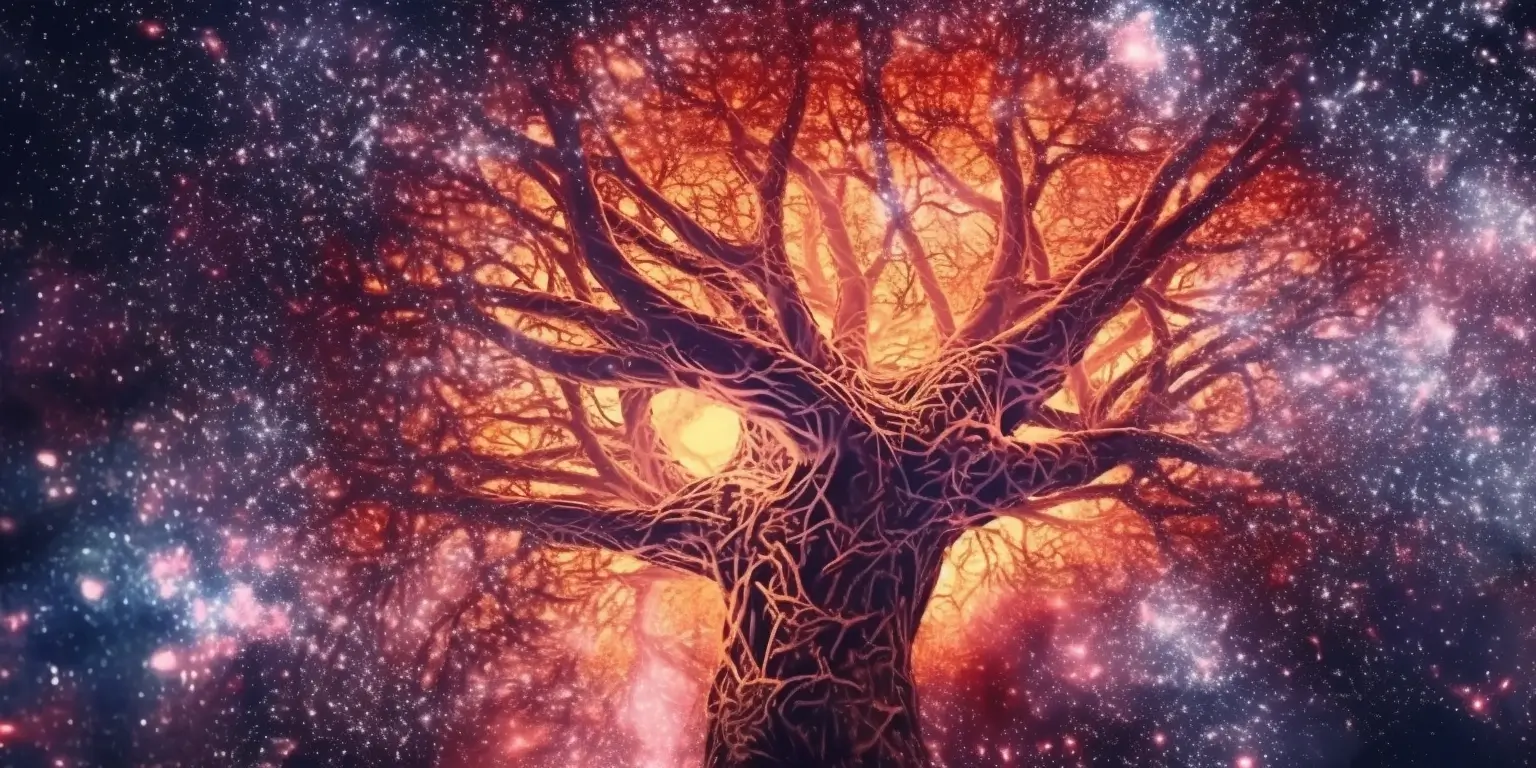
 David Connell
David Connell Paloma Lehfeldt, MD
Paloma Lehfeldt, MD